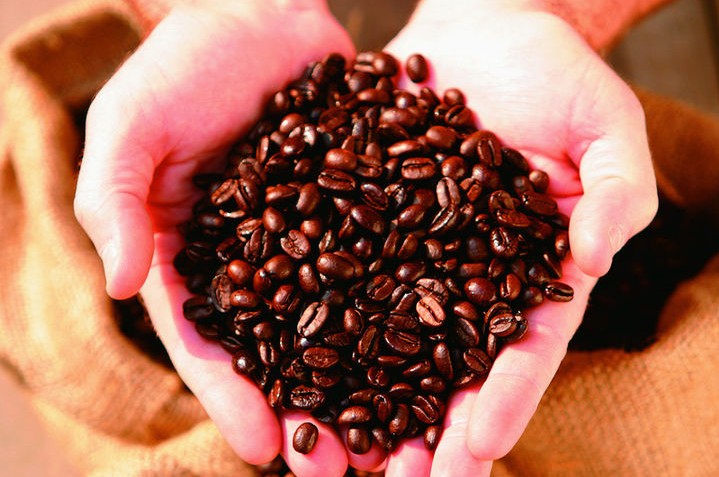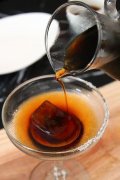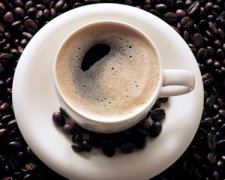Coffee Basics Chemical Reaction of Coffee in Roasting

Coffee has a rich, wide range of flavors. Coffee produced in different regions, different elevations, different climates and different producing areas has its own unique characteristics. Raw beans are fragrant and have no usual coffee taste at all; the taste of coffee comes from proper roasting. Show fruity (light roasting) or caramel sweetness (deep roasting). The shallower the baked, the more sour the taste, and the deeper the baked, the more bitter the taste.
Raw beans in high temperature environment, through thermal decomposition, coffee raw bean components such as chlorogenic acid, protein and fat undergo a series of chemical changes (mainly Mena reaction) to produce coffee aroma substances. including aldehydes, lipids, ketones, acids and so on.
When the bean temperature > 100℃, the color of raw beans changes from green to yellow, and when the moisture is on, it is lost for dehydration, resulting in a smell similar to that of baked bread.
Bean temperature > 120,130 ℃, raw bean color changes to light brown.
The bean temperature is about 150℃ to produce the smell of stir-fried barley.
The bean temperature is about 180 ℃ and begins to produce green smoke. The first explosion begins to produce chemical pyrolysis reaction, which releases a large amount of CO2. The burst sound occurs, the color turns brown, and the size of the bean increases.
The bean temperature is about 210 ℃, the first explosion is over, and the color continues to darken.
The second explosion of the bean temperature was about 220℃ ~ 230℃. The color continued to become dark and dark brown, and oil appeared on the surface of the coffee bean.
The bean temperature is about 240℃ ~ 270℃. Although the temperature increases, the darker the bean color, the more gas is released, the volume continues to expand, the coffee bean surface oils out, and the coffee aroma changes fully.
The bean temperature is about 270℃ to stop releasing smoke, the color is black, the appearance becomes dark, and the volume is no longer larger.
The bean temperature is about 300 ℃. The beans are black, puffy and fragile, and the aroma disappears completely and becomes carbonized.
The general actual baking temperature range is 185-240 ℃. In addition to the influence of temperature on the flavor of coffee, the way and equipment of roasting also have an effect.
- Prev

The common sense of coffee introduces the "manual baking" method of using hand filter screen.
1. Buy a filter with a handle. The best choice of raw coffee beans is Central and South America series (Peru. Cuba. Mexico. Brazil and other real estate), the book is more suitable for beginners. Pick out the weak beans by hand to ensure the quality of the city. two。 Put 100 grams of raw beans into a strainer with a handle and close the lid. Stir-fry over medium heat to keep the heat stable, hold the strainer at the top of the fire about 20ml / ml 30cm, reverse
- Next

Coffee from all over the world has its own unique roasting tendency
Coffee from all over the world has its unique roasting tendency, creating coffee's unique color, aroma and taste. Roasting changes the pale green coffee beans into the familiar dark brown coffee beans. Tokyo, slightly darker medium roasts are more popular, but slowly also tend to be darker roasts. In Kansai, deep baking has been popular since then. New York, as its name suggests, is generally more
Related
- Beginners will see the "Coffee pull flower" guide!
- What is the difference between ice blog purified milk and ordinary milk coffee?
- Why is the Philippines the largest producer of crops in Liberia?
- For coffee extraction, should the fine powder be retained?
- How does extracted espresso fill pressed powder? How much strength does it take to press the powder?
- How to make jasmine cold extract coffee? Is the jasmine + latte good?
- Will this little toy really make the coffee taste better? How does Lily Drip affect coffee extraction?
- Will the action of slapping the filter cup also affect coffee extraction?
- What's the difference between powder-to-water ratio and powder-to-liquid ratio?
- What is the Ethiopian local species? What does it have to do with Heirloom native species?

